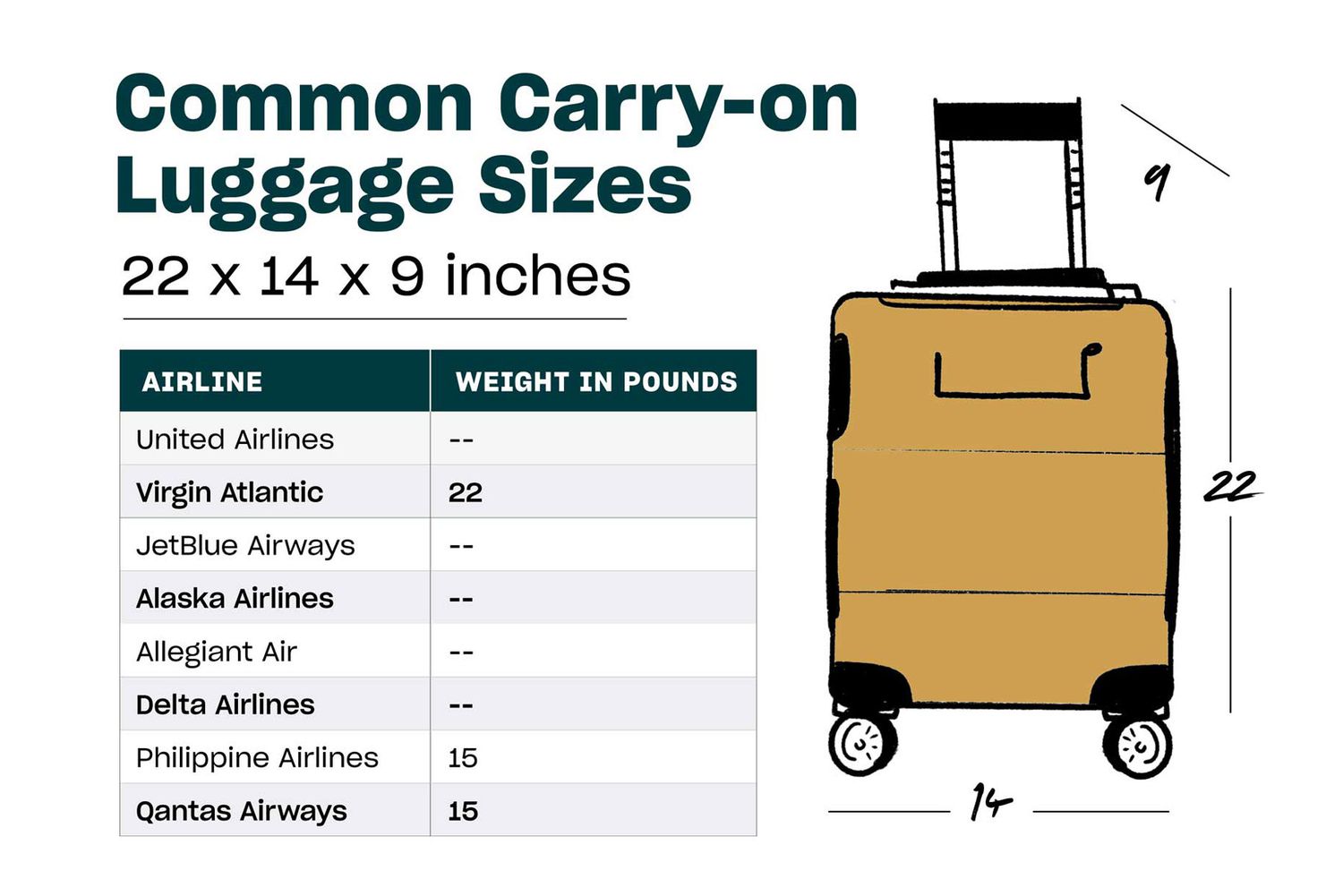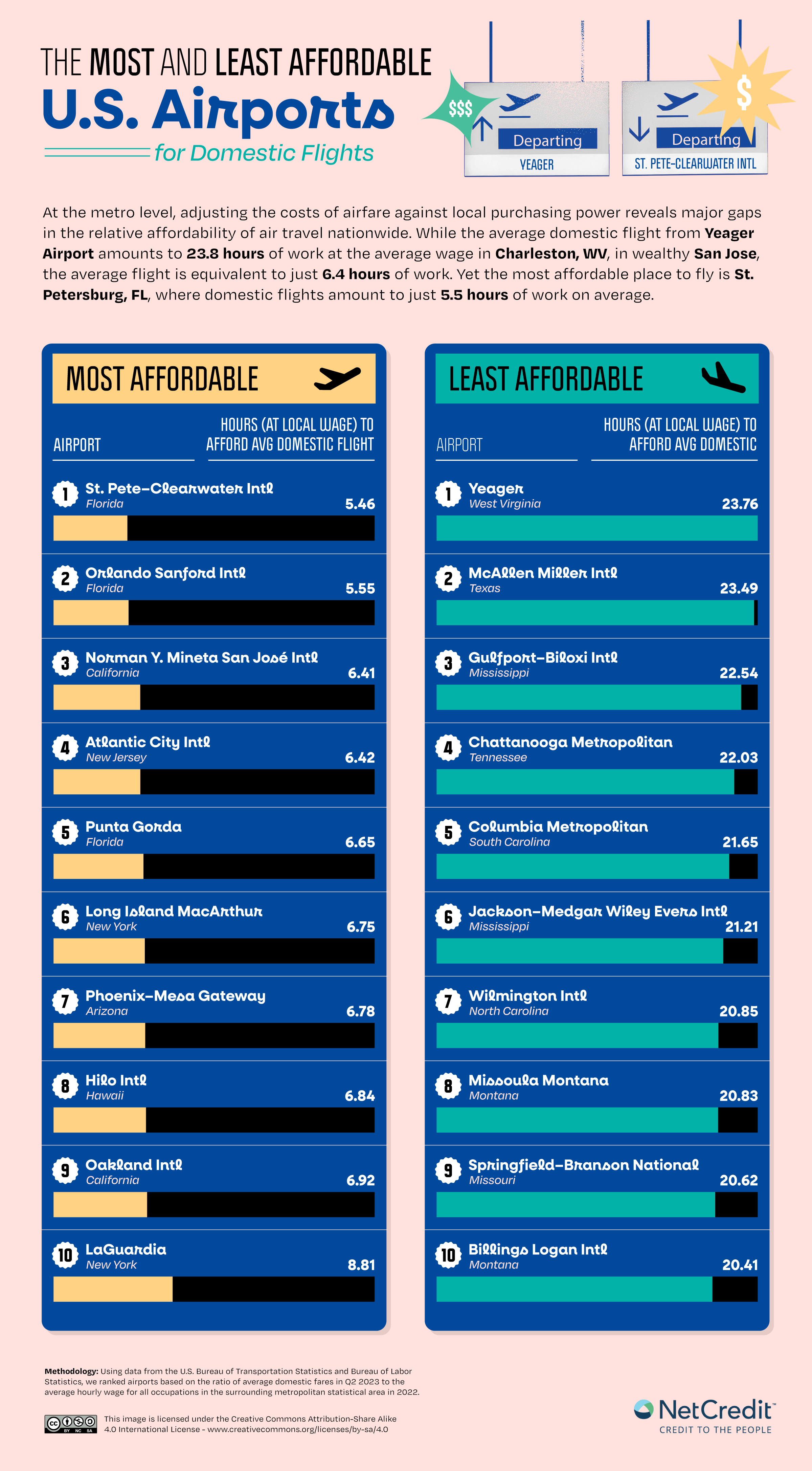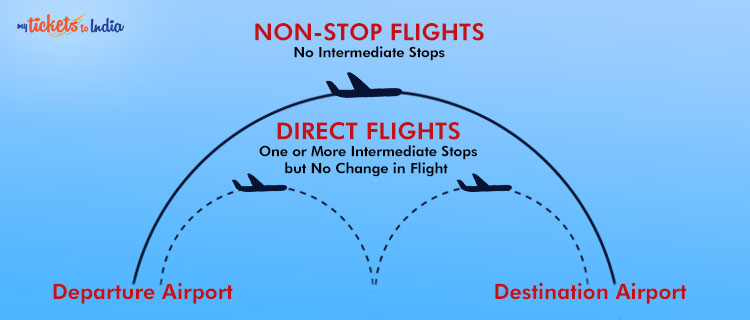
Flight prices can sometimes be as unpredictable as a roulette wheel but knowing when and how to snag a discount can tilt the odds in your favor. Loyalty programs have become increasingly sophisticated, offering professionals myriad ways to accrue points beyond mere flights. While traditional wisdom suggests booking months in advance, newer data suggests being vigilant for last-minute deals can also pay dividends.
Understanding the ebbs and flows of the airline industry provides a significant edge. Airlines often release discounted fares for less popular travel days or during midnight sales when most people’s guards are lowered. The advent of AI algorithms dedicated to price prediction further streamlines the process, potentially saving experts both time and money.
- Book during off-peak seasons or mid-week for lower fares.
- Join airline loyalty programs to accumulate and redeem miles.
- Set alerts on comparison websites for price drops.
- Utilize credit card points towards flight costs.
- Check for last-minute deals if flexible with dates.

How to get a discount on domestic flights?
Taking a domestic flight doesn’t always have to break the bank. One effective way to get cheaper tickets is by booking during off-peak hours. Flights in the middle of the week, like Tuesday or Wednesday, often come with lower prices. Airlines tend to adjust prices based on demand, so being flexible with your travel dates can lead to better deals. Setting up price alerts on airfare comparison websites can help you track and grab discounts before they vanish.
Travelers can save significantly by joining airline loyalty programs. These programs often reward frequent flyers with miles that can be redeemed for discounts. Many airlines also offer exclusive member-only sales. Besides, aligning your credit card choice with your travel goals can amplify your savings through bonus points. Additionally, airlines occasionally provide special deals for their members, making these programs worth exploring.
Price comparison websites and apps can serve as a traveler’s best friend. They compile data from various airlines and present it in a user-friendly way. This encourages competition and often reveals hidden deals. It’s wise to check multiple platforms, as certain agencies might offer exclusive discounts or bundles. By staying informed and proactive, travelers have a better chance of securing the best prices.
Don’t overlook last-minute deals, especially if your travel plans are flexible. Sometimes, airlines reduce prices to fill up empty seats at the last minute. These deals can be a gamble, as they might not always be available, but they can lead to significant savings. If you’re not set on specific travel dates, keep an eye on flash sales offered by airlines. However, always ensure you’re getting value for money and not compromising on essential travel needs.
Step 1: Understanding the Airline’s Pricing Strategies
Airline pricing is like a game of chess, where every move counts. Airlines use a method called “dynamic pricing,” which means prices change based on several factors. These factors include demand, travel dates, and how many seats are left. For example, prices might be higher during holidays because more people want to fly. Being aware of these factors can help you plan and save money.
Flexibility is your ally when dealing with dynamic pricing. Adjusting your travel dates by just a day or two could result in savings. Airlines often charge more for weekend flights since that’s when many prefer to travel. Opting for mid-week flights might offer bargains. This strategy not only saves money but also helps avoid crowds.
Another important aspect is how far in advance you book your flight. Airlines usually release the cheapest seats first, and as seats fill up, prices increase. Booking one to three months before your trip can secure better rates. However, if you wait too long, prices could skyrocket. It’s a delicate balance that requires attention and sometimes a bit of luck.
Travelers should also consider using tools and apps that monitor flight prices. These can alert you when prices drop, ensuring you don’t miss out on deals. Subscribing to airline newsletters can also provide information on special promotions or flash sales. Staying informed and ready to act quickly can make a significant difference. Utilizing these strategies can lead to more affordable flights and a smoother travel experience.
Step 2: Leverage Loyalty Programs and Frequent Flyer Miles
Joining a loyalty program is like having a secret weapon for cheaper flights. Many airlines have programs designed to reward frequent flyers with miles. These miles add up with every flight, providing opportunities for future discounts or even free tickets. Joining these programs is often free, making it a no-brainer for avid travelers. Loyalty programs can also lead to upgrades and other perks, enhancing the overall travel experience.
With each mile you earn, you get closer to rewards that can cut travel costs. Consider using co-branded credit cards to maximize your miles. These cards often offer bonus miles for purchases, allowing you to earn rewards even when you’re not flying. Paying attention to promotions can give you even more opportunities to earn extra miles. It’s about getting the maximum value out of every spend.
Don’t let your miles expire; that’s like throwing away free money. Some programs might require you to earn or use miles within a certain time frame. Regularly check your account to ensure your miles remain active. Keep an eye on airline promotions that allow the redemption of fewer miles. This can be a great way to grab a flight ticket for a fraction of its regular price.
The key to successful loyalty program use is staying informed and organized. Bookmark useful sites, and set reminders for promotions and expiry dates. Participate in surveys, quizzes, and special offers provided by airlines to boost your mile balance. Leveraging these programs strategically can lead to substantial savings. Combining strategies, like syncing your loyalty programs with credit card points, will enhance the rewards even further.
Step 3: Utilizing Mid-Week and Off-Peak Hours
Airlines often offer cheaper flights on Tuesdays and Wednesdays. These mid-week days typically have fewer travelers, leading to lower demand. With fewer people flying, airlines are eager to fill empty seats, resulting in reduced prices. Booking a flight during these days can save you a noticeable amount of money. Plus, amenities like airport security may have shorter lines, making your travel smoother.
Flying during off-peak hours can also lead to savings. Early morning and late-night flights, known as red-eye flights, often have lower prices. These times are less popular, so airlines drop rates to attract more passengers. Consider these flights if you’re flexible with your schedule or want to save extra cash. Waking up early or staying up late might just be worth the discount.
Adjusting your travel dates by even a day can impact ticket prices. For instance, flying out on a Tuesday and returning on a Wednesday might be cheaper than flying out on a Friday and returning on a Sunday. Use online tools and calendars to help compare prices across different days. Setting price alerts can notify you of drops during less busy times. Timing your purchase wisely is essential for grabbing deals.
Some airlines also run special promotions for flights during off-peak hours. Subscriptions to airline newsletters can keep you informed about these offers. Regularly checking airline websites might reveal unadvertised discounts, too. Not only does this save you money, but it keeps you in the loop for exclusive deals. Remember, being flexible and proactive greatly enhances your chances of flying affordably.
Traveling during school breaks and holidays often means facing higher rates. Instead, consider planning trips in the middle of the week during school sessions. This approach ensures avoiding peak travel times and crowds. Moreover, smaller crowds often lead to a more relaxed journey. Strategically planning your flights is crucial to optimizing your travel budget.
Using tools like Google Flights or Skyscanner can assist in finding the best times to fly. These platforms allow you to view pricing trends and identify patterns. With real-time data, you can better determine when to book for the biggest savings. These resources are invaluable for any savvy traveler looking to keep flight costs low while getting the most out of their travel plans. Utilizing technology alongside strategic planning helps maximize travel efficiency.
Step 4: Actively Watching for Deals and Discounts
Actively keeping an eye out for flight deals can lead to significant savings. Subscribing to airline newsletters is one effective way to stay informed. These newsletters often contain exclusive discounts not found elsewhere. You can also follow airlines on social media for flash sales and giveaways. Being part of these communities means you won’t miss out on sudden promotions.
Using travel apps is another great method to catch deals. Apps like Hopper and Google Flights can send alerts when flight prices drop. These tools work around the clock, ensuring no opportunity slips by. Setting up notifications tailored to your travel preferences ensures you’ll only get relevant updates. This approach simplifies finding affordable flights.
Flexibility boosts your chances of finding deals. By keeping your travel dates open, you increase your options for cheaper flights. Additionally, consider flying into alternative airports to find lower rates. Comparing nearby airports can reveal hidden baggage fees and taxes. Checking these details can make a noticeable difference in your travel budget.
Several websites curate deals specifically designed for travelers seeking discounts. Websites like Secret Flying and Scott’s Cheap Flights are curated by experts hunting for low fares. They search daily, providing users with a list of cost-friendly travel options. Signing up with them can open doors to unexpected destinations. Such resources are essential companions for any bargain-hunting adventurer.
Besides digital tools, word of mouth can be a treasure trove for deals. Joining travel forums or groups allows you to talk with fellow travelers who share their experiences and tips. Engaging with these communities builds knowledge and introduces lesser-known ways to snag deals. Personal exchanges offer insights beyond data-driven searches. Participating in these networks enhances your travel experience with collective wisdom.
Step 5: Using Airfare Comparison Websites and Apps
Airfare comparison websites and apps are like having a travel agent in your pocket. They gather information from many airlines, helping you see all available options. This makes it easier to spot the best deals without jumping from site to site. Plus, many of these platforms are free to use. It’s a smart move to start your search here instead of on individual airline sites.
Many apps like Skyscanner and Kayak allow you to set your travel preferences and receive alerts. These notifications can inform you of price drops or special discounts. That way, you don’t need to constantly check yourself. The apps do the heavy lifting, watching for changes in real time. This proactive approach helps you secure the best rates.
Different comparison websites may show varying prices for the same flight. It’s a good practice to check multiple platforms before booking. Some websites even offer cash-back incentives or additional discounts. By taking a few extra minutes to compare, you can potentially save more. Stacking offers might lead to unexpected bonuses.
Utilizing the filters on these websites helps narrow down your options. Filters let you specify preferences like flight duration, number of stops, and departure times. These features ensure that you only see flights that suit your needs. Efficiently sorting through options makes decision-making faster. You spend less time searching and more time planning your trip.
Aside from comparing prices, these tools offer insights into airline performance. Websites often include reviews and ratings from other travelers. Reading these reviews provides a clearer picture of what to expect. It’s not just about price but also value for money. Being informed helps ensure a pleasant travel experience.
The impact of Seasonality on Flight Prices
Flight prices often rise and fall with the seasons. During peak travel times, like summer vacations or the December holidays, prices typically soar. This is when most people want to fly, so airlines take advantage of the high demand. Conversely, in off-peak seasons such as early autumn or late winter, prices can drop significantly. Travelers willing to plan their trips during these less popular times can snag excellent deals.
Weather plays a crucial role in pricing changes tied to seasonality. For instance, tropical destinations might see higher fares during their dry season when tourists flock there. In contrast, locations known for winter sports may charge premium rates in snowy months. Understanding this link between weather patterns and tourism demands allows travelers to forecast potential cost hikes. Choosing alternative dates could lead to substantial savings.
Major events like festivals or international conferences can also affect flight prices within certain seasons. Cities hosting large gatherings attract numerous visitors, boosting ticket demand and cost. It’s wise to research local event calendars if you’re flying into popular tourist destinations. Knowing what’s happening around your preferred travel dates helps predict and avoid price spikes. Planning ahead provides flexibility and possibly cheaper alternatives.
Airlines often run seasonal promotions that correspond with lower traffic periods. These sales entice passengers by offering reduced rates for future flights booked well in advance. Signing up for newsletters gives frequent flyers a chance to jump on such deals quickly before they sell out. Staying connected with airline promotions ensures access to timely updates about discounted flights year-round.
A helpful tactic involves creating a year-round travel calendar noting peak and off-peak periods for different locations worldwide. This enables more strategic planning when choosing vacation times based on budget needs rather than just personal convenience or holiday schedules alone! By pinpointing less bustling periods across various regions globally—all listed systematically—you’ll become adept at finding affordable journeys amidst changing seasonal trends surrounding airfare fluctuations accordingly too!
The role of Technology in Tracking Airfare Discounts
Technology has become a powerful ally in the hunt for cheaper flight tickets. With numerous apps and websites at our disposal, comparing flight prices has never been easier. Platforms like Google Flights and Skyscanner collect and analyze data from various airlines, providing real-time updates on fares. This tech-driven approach helps travelers find the best deals quickly without manually checking each airline site. Leveraging these tools streamlines the entire booking process.
Price alerts are a standout feature of many travel apps. Users can set notifications for their preferred routes and receive alerts when prices drop. This ensures travelers act promptly and don’t miss out on limited-time offers. Having such a system in place transforms the way people plan trips, allowing them to be more proactive. Instead of continuously searching, users receive up-to-date information tailored to their needs.
Artificial intelligence (AI) and machine learning enhance these platforms further. These technologies predict the best times to book flights based on historical data and trends. By analyzing past behaviors, AI tools provide insights into future price shifts. This empowers travelers to make informed decisions about when to buy tickets. Understanding these patterns allows for potentially significant savings.
Social media also plays a vital role in discovering airfare discounts. Many airlines announce special promotions and flash sales on platforms like Twitter and Facebook. By following airlines, travelers can stay informed about exclusive deals. Immediate updates can give subscribers an edge over those who rely solely on email alerts. Engaging with airlines on social media can open up additional savings opportunities.
Despite the benefits, technology is most effective when used wisely. Cross-referencing multiple sources can help verify the best deals and avoid potential pitfalls. Travelers should remain cautious and ensure they’re booking through reputable sites. Safeguarding personal information while pursuing discounts is paramount. By balancing smart tech use with vigilance, travelers can maximize their savings and ensure safe online transactions.
Learning to Use Credit Card Points to Get Cheaper Flights
Credit cards can be a gateway to affordable travel when used wisely. Many cards offer reward points that accumulate with every purchase. These points can be redeemed for flight tickets, helping offset costs significantly. Understanding how to maximize these rewards is key. It’s like a treasure hunt, with every swipe bringing you closer to a discounted or even free flight.
Choosing the right credit card tailored for travel benefits requires research. Some cards offer higher points on travel-related purchases, while others provide bonuses for dining or fuel. By aligning card usage with your spending habits, you can maximize the points earned. Reviewing each card’s terms ensures you get the best value out of their reward programs. Opt for one with a generous sign-up bonus if beginning your journey into travel rewards.
Tracking your points regularly is essential to making the most of them. Many card issuers provide online portals to view point balances and transaction histories. Staying organized avoids missing out on opportunities due to expired points. Additionally, regularly checking ensures you can take advantage of promotional multipliers. This vigilance guarantees that points are used to their fullest potential.
Transferability is a major advantage of some credit card reward programs. Certain cards allow you to transfer points to airline partners, widening your travel options. This flexibility can lead to even greater savings, especially when airlines run bonus point promotions. Understanding the transfer rates and options available can open new travel possibilities. Exploring these avenues is a thrilling aspect of travel planning.
Tables showing card reward comparisons and potential savings are useful for planning. For instance, one table might list different credit cards, their earning rates, and potential yearly flight savings. Meanwhile, another can detail point redemption options and corresponding airline partners—highlighting routes open through transfers. Such organized and visualized data simplifies decision-making while enhancing the path toward cost-effective travel! Balancing these strategies makes traveling smarter and more economical.
The Pros and Cons of Last-minute Booking
Last-minute booking can be a thrilling yet risky adventure. One advantage is the potential for significant discounts. Airlines often drop prices to fill empty seats quickly. This can lead to unexpected savings if you’re flexible with your travel dates. However, this strategy involves a gamble, as low fares aren’t always guaranteed.
Another pro is spontaneity, allowing travelers to embrace adventures on the fly. It’s perfect for those who enjoy impromptu trips and can make quick decisions. Being open to change means you might discover destinations you hadn’t considered. Last-minute deals can unlock unexpected travel experiences. This approach offers the excitement of setting off on a journey with little planning.
On the downside, limited seat availability can pose a major challenge. Popular routes might be fully booked during peak seasons. Traveling with friends or family can further complicate last-minute plans, as finding multiple seats together may be difficult. In such scenarios, flexibility is vital but doesn’t always solve everything. Planning ahead sometimes prevents headaches associated with last-minute struggles.
Accommodation challenges can arise alongside last-minute flight bookings. Hotels may have higher rates due to reduced availability when booking close to departure dates. Finding affordable and convenient lodging at the drop of a hat may not always be possible. This uncertainty adds another layer of complexity. Balancing flight savings with accommodation costs could ultimately affect overall trip expenses.
The unpredictability of last-minute bookings may also lead to increased stress levels. Juggling spontaneous trips with work or family commitments can be challenging. This heightened pressure often counteracts any thrill gained from the spontaneity aspect. Planning becomes difficult, impacting the enjoyment of your journey. Careful consideration is required to weigh these factors before diving into last-minute adventures.
A helpful table could illustrate scenarios involving last-minute bookings and potential outcomes. For instance, one column might present possible savings scenarios, while another details accommodation challenges, seat availability issues, or solutions to common last-minute problems. Such tables provide clarity within decision-making processes related to spontaneous travel, enabling more informed choices!
Frequently Asked Questions
Flying domestically can sometimes be costly, but understanding certain tips and strategies can lead to significant savings. Here are some common questions and answers related to securing discounts on domestic flights.
1. What are some strategies to avoid high baggage fees?
Many airlines charge for checked bags, which can add to your travel expenses. Consider packing light and using a carry-on to avoid these fees. It’s often cheaper and more convenient to bring less luggage. Most airlines allow one free carry-on bag, so utilize this allowance wisely.
Research your airline’s specific baggage policies before booking. Some airlines have restrictions based on weight or size. Adhering to these rules can prevent unexpected charges at the airport. Additionally, joining frequent flyer programs might offer perks like free checked bags or priority boarding.
2. How can flexible travel dates affect flight prices?
Being flexible with your travel dates can lead to significant savings. Flights are often cheaper mid-week or during non-peak travel times. Avoiding weekends and holidays can also benefit your wallet. Checking prices over a range of dates enables you to pick the most cost-effective option.
Airfare comparison websites allow you to view prices over several days. Utilize their “flexible dates” features to find the best deals. By adjusting your schedule slightly, you can often find more economical flights. This flexibility also offers a wider selection when booking.
3. Are there benefits to booking round-trip flights over one-way flights?
Booking round-trip flights can sometimes be more economical than purchasing two one-way tickets. Airlines often offer discounts for complete round-trip travel itineraries. This benefit can result in noticeable savings, especially on longer or less frequent routes. Consistent travel plans also provide the convenience of having all flights booked at once.
Many travel booking platforms automate price comparisons to suggest the best option. If round-trip savings exist, these tools will highlight them. Additionally, round-trip bookings generally offer peace of mind with confirmed dates. Adjustments to itineraries later can sometimes increase costs.
4. How do travel apps help in finding flight discounts?
Travel apps like Hopper and Skyscanner use algorithms to track flight prices and predict changes. They alert users to the best times to buy tickets, taking the guesswork out of planning. These apps compare numerous airline prices rapidly, facilitating informed decisions.
With real-time updates, you can seize discounts as they appear. Rapid notifications ensure you stay ahead of price hikes or sell-outs. Substantial savings are possible by capitalizing on these timely alerts, enriching your travel experience.
5. What impact does booking time have on airline prices?
Flight prices vary based on when tickets are purchased in relation to the travel date. It’s typically cheaper to book flights several weeks in advance. Last-minute prices can spike, especially during popular travel seasons. However, sometimes late deals appear, especially if airlines need to fill empty seats.
The key is knowing your travel plans early and securing flights when you notice favorable rates. Using price tracking tools, you can watch trends and act when prices drop. Planning ahead generally increases the likelihood of lower prices.
Conclusion
Understanding the nuances of securing discounts on domestic flights can significantly enhance your travel experience. Mastering strategies like leveraging credit card points and utilizing technology for monitoring deals offers clear advantages. Staying informed and flexible increases opportunities for both savings and enriching travel moments.
While navigating flight pricing intricacies may initially seem daunting, applying these insights can make travel more affordable and enjoyable. As the landscape of air travel evolves, maintaining an adaptable approach is key. In doing so, you can ensure that you’re always ready to capitalize on the best opportunities available.






